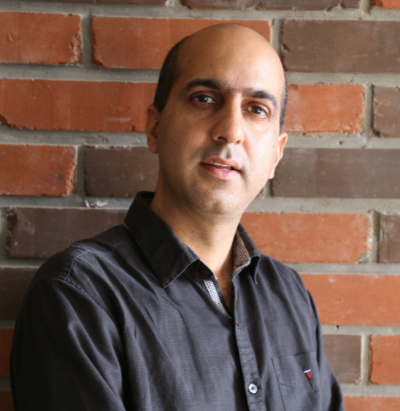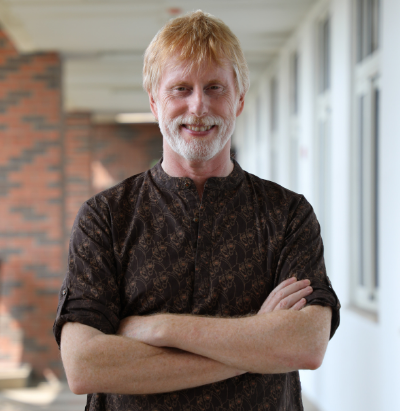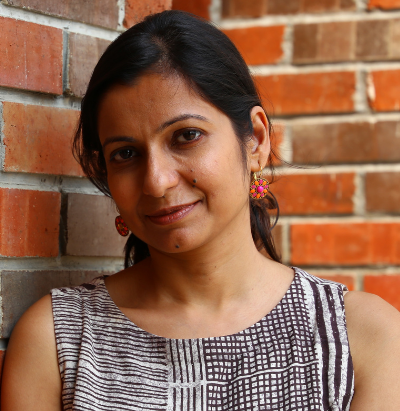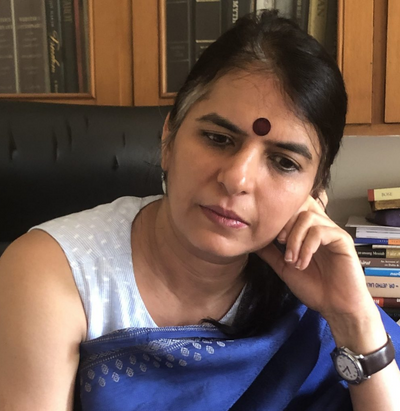Semester : Monsoon 2023
What is literature? And what does it teach us about who we are, the world we live in, and where we are going? Does literature help us make better sense of the lives of others or the necessary strife involved in the human condition? Does literature put us more genuinely in touch with ourselves and one another? What is the relation between literature and politics? Or literature and religion? In this course, we will search for answers to some of these questions by reading modern literature from all over the world. We will be studying literary texts by Fyodor Dostoyevsky, Franz Kafka, Ryunosuke Akutagawa, V.S. Naipaul, Tayeb Salih, Han Kang, Toni Morrison, J. M. Coetzee, Isaac Bashevis Singer and Flannery O’Connor among others.
Semester : Monsoon 2023
How does literature imagine the world? And how does the world re-imagine literature?
This class begins with the premise that every story is a migrant. A story migrates in a variety of ways – from the teller to the audience or reader; but also from reader to reader, and from culture to culture, as the story get told and retold (or written and rewritten) over space and time.
We live in a capitalist age when ideas of private property have subtly colonized how we think about stories. It is assumed that a story is always BY someone, and is therefore their possession. But if stories migrate, can a single author really claim full ownership of the story she has written? How is every story a re-imagining of another story, or many stories, that have become before?
The notion that a story is an author’s private intellectual property also inhibits how we read. Readers become potential trespassers; they must pay the price of admission, and then act respectfully when they enter the property, making sure not to damage or alter it. If you are a student of literature, it’s likely that the command to respect an author’s private property will be accompanied by the assumption that the objective of literary analysis is simply to understand what the author intended, and to submit to that deferentially. But if stories migrate from teller to reader, and from reader to reader and culture to culture, maybe the act of reading should not be thought of just as a respectful encounter with an author’s private property. Every act of reading instead becomes a creative re-imagining of the story, in conversation with new potential readers and audiences.
If stories are migrants, they are no longer individual property by authors who command their readers. They are collective artefacts that invite us to respond creatively and re-imagine them anew.
If you doubt what I am saying, think this. Do any two readers respond exactly the same way to a story? Each reader, when asked about a story and what it meant, will retell it slightly differently. Recognizing that reading is a form of creative re-imagining is one of this course’s most important themes.
As stories migrate across space, time, and languages, they are re-imagined by the world across many genres and media – poems, plays, novels, essays, films, graphic novels. These re-imaginings might prove that, in literature, there is nothing original under the sun. Yet how literature reimagines earlier stories also tells us a lot about the extraordinarily diverse ways in which different cultures have understood the world: relations between men and women, relations between diverse ethnicities and religions, the nature of political and social power, humans’ relations to the animal and plant world, the agonies and ecstasies of love, and the nature of imagination itself.
How, for example, is a Roman re-imagining of an old Greek story about an Asian witch re-imagined by an English playwright in an “American” drama that has itself been re-imagined in very different ways by writers and artists from the Caribbean, Sierra Leone, Mauritius, and Samoa? How is a Roman re-imagining of a Babylonian (ie Iraqi) love story reworked by the same English playwright in a Greek mythic tale with an Asian subtext that gets in turn re-imagined by a firang director in Tamil, Malayalam, Hindi, Marathi, Bengali, and Sinhalese as well as by an English graphic novelist in a reworking of an American comic-book hero’s saga? And how is an antique Persian story about an African migrant re-imagined in an Arab novel and then re-imagined by the same English playwright, whose play is then diversely re-imagined by a Sudanese novelist and a Hindi film-maker from Uttar Pradesh?
We will read, among other texts, Ovid’s Metamorphoses, Hanan Al-Shaykh’s The Thousand and One Nights, Shakespeare’s A Midsummer Night’s Dream, Othello, and The Tempest, Neil Gaiman’s Sandman: Dream Country, Tayeb Salih’s Season of Migration to the North, and Aimé Césaire’s A Tempest, as well as see films such as Omkara and Forbidden Planet.
Watch Video
Semester : Monsoon 2023
Families shape us, form us, for better or worse. How does literature talk about this institution? Does the world of imagination tell us deeper truths about the family—its potential to define, destroy, and heal? This course takes texts from across the world and focuses on this relation between the individual and the family; the joy and burden of kinship; the networks of relations that bind and set us free. In the process, we also hope to gain an understanding of literature as an institution, and its role in telling stories that are both real and imaginary. We will read Vivek Shanbhag’s Ghachar Ghochar, Manjula Padmanabhan’s Lights Out, Sophocles’s Oedipus Rex, excerpts from the Mahabharata, Chimamanda Ngozi Adichie’s Purple Hibiscus, Attia Hosain’s Sunlight on a Broken Column, and stories from Arjun Dangle’s (ed.) Poisoned Bread.










